
Earlier this week, Angus Kille made a free ascent of El Niño, 5.13b/c (8a+), on El Capitan, in Yosemite National Park.
El Niño is Angus' second free ascent on El Cap, having climbed El Corazon (5.13b) alongside Dan McManus in 2019. The route is also his second hard multipitch route in as many months, having climbed The Free Hallucinogen Wall (5.13c) in Black Canyon of the Gunnison last month, alongside Hazel Findlay.
Somewhat confused about how somone with three ruptured pulleys is managing to do so much hard climbing, we got in touch with Angus to ask about how it all came together:
What was it about El Niño that made you choose it?
I really wanted to climb El Cap with Hazel, but the thing about climbing with Hazel is that it's hard to find cool stuff she's not already done!
But El Niño is on the southeast face, which is a different part of the wall with a different character, and Sonnie Trotter did a completely free variation not too long ago, so it seemed like a pretty good idea. Ironically, I wanted to climb a lot of cracks in the States because it's a real weakness of mine, but El Niño is probably the least cracky route!
This is your second free route on El Cap, having climbed El Corazón back in 2019. How do the two experiences compare to one another?
They were quite different! Who you're climbing with is naturally a big part of your climbing experience, but that's even more important on a big wall.
Sharing the experience with my girlfriend was obviously really special. In some ways Dan pushed us harder, but Hazel had higher standards for eating well and being hydrated, which made a difference too. The wall is also quite different on the SE face – less cracky, more flaky diorite, more quiet, and less classic – some of the pitches are quite British.
I'm also a different climber now, with more skills and more experience, and it was really cool to see how that came out on the wall – I relied on Hazel's experience at times but was still able to lead the team in much of our push.
When we spoke back in June, you'd just ruptured three(!) pulleys in your little finger, and yet you've had an incredibly successful US trip! How's the finger doing, and how has the injury affected your climbing?
Yeah I'm surprised by that too! It's as if I've broken all of the things I can reasonably break in my pinkie (fingers crossed) so there's not that much risk to the finger.
I was lucky to bump into Huffy (@theclimbingphysio) in Bern and he put me on the right track for the best outcome for the finger. Really, the finger won't recover without surgery, which I can't afford and can't be done now because I can't straighten it. But it only hurts if I bend it a lot and as it happens you don't need to bend your pinky much anyway. So I can just keep climbing and learn to use the pinky less, which is what most people do anyway. Learning to climb a little differently could even make me a better climber...
How do you keep focused throughout six or more days of continuous effort?
Well there's not much else to think about! Every effort has somehow got to contribute to your progress up the wall, and in some ways that's kind of simple!
But I suppose the question is really about motivation, and how you can be driven to maintain such a continuous and focussed effort for so long, and that's a really interesting question. Just looking at El Capitan is really inspiring, it's hard to explain, and even if you've done it before, whether you can free climb the whole thing with all the given variables is a real unknown.
But free climbing a big wall is also quite an arbitrary challenge, so it depends how inspiring you find that arbitrary challenge and how motivated you are by either the process or the outcome. I think that was the key difference between Hazel and me – I felt I had a lot to learn from the process. It was new and exciting, and despite it being an absurd challenge at times, at every moment I felt I had more to gain by sticking at it. For Hazel, she was inspired, psyched and capable, but sticking to that challenge of free climbing didn't feel fun or worthwhile for every single pitch of the route (the wet pitch, for example!)
Which pitches were you most apprehensive about before setting off, and how did they go?
There are three 5.13 pitches at the beginning of the route that form a sort of barrier to entry for the wall. Even though they're just off the ground, they can be pretty runout, and with the conditions we kind of needed to get them done by 9am, or else we were making it harder for ourselves.
Honestly, there's not much I normally do before 9am, so these required a bit of practice before we set off for the big push. That meant techy, fingery 8a's for warm-ups at dawn, and any falls could ruin our chances on the wall.
Similarly, there were a bunch of hard pitches higher up that would be really inconvenient to fall off, even if the falls were completely safe. So your free ascent doesn't just hinge on being strong, it's about being tactical and consistent in loads of skills for up to a week.
Were there any challenging moments psychologically? If so, what were they, and how did you handle them?
Yeah on day one I put my back out a little trying to haul our bags over a tricky section, and I managed to injure my ribs really painfully, and I felt altogether pretty beaten up despite not even falling on the first ten pitches. So it felt really unlikely I would make it up the wall free, and it was obviously going to involve a lot of suffering anyway.
Of course I do a lot of work in mental training with Strong Mind, and while loads of in-the-moment tools were helpful on key pitches all over the wall, the most important thing was for me to come back to my underlying motivation – what was I going to learn from this experience? I actually had as much to learn from putting everything into it and failing as I did from putting everything in and succeeding, so it was pretty clear what I needed to do.
How did you feel after finally finishing the route?
In disbelief really. It seemed very unlikely that I could pull everything together to make this happen. At one point it was like a losing battle that I was fighting for the fun of it, but then there were a lot of pitches that I climbed a lot quicker than expected, particularly the final wet 5.13.
Hazel took a video that I posted that really sums up how I felt. I think what's really satisfying about such big goals is that almost every aspect of your climbing will be drawn upon, you've got to bring your whole self to the challenge, and it all gets tested.
What's next?!
A storm is about to hit the Valley so we'll have to bail before we can get stuck into any other walls here. It's a shame, because there's no end to things I'd love to try, even just to fail on. But we'll head to Red Rocks, which I'm told is also World Class, so no complaints here!

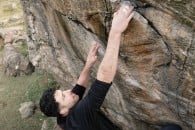

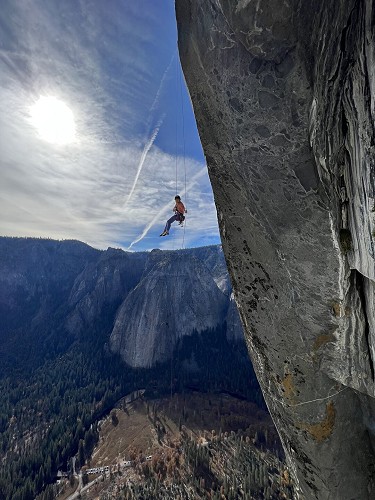
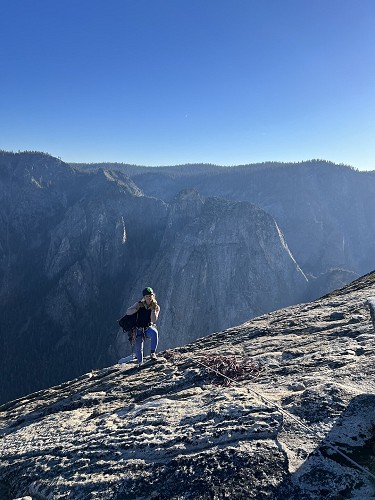
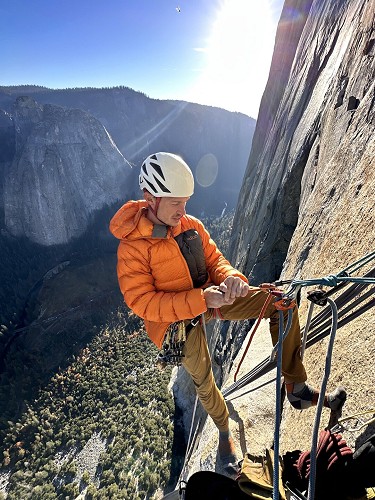
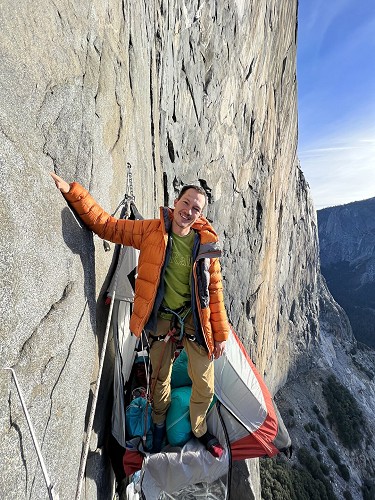
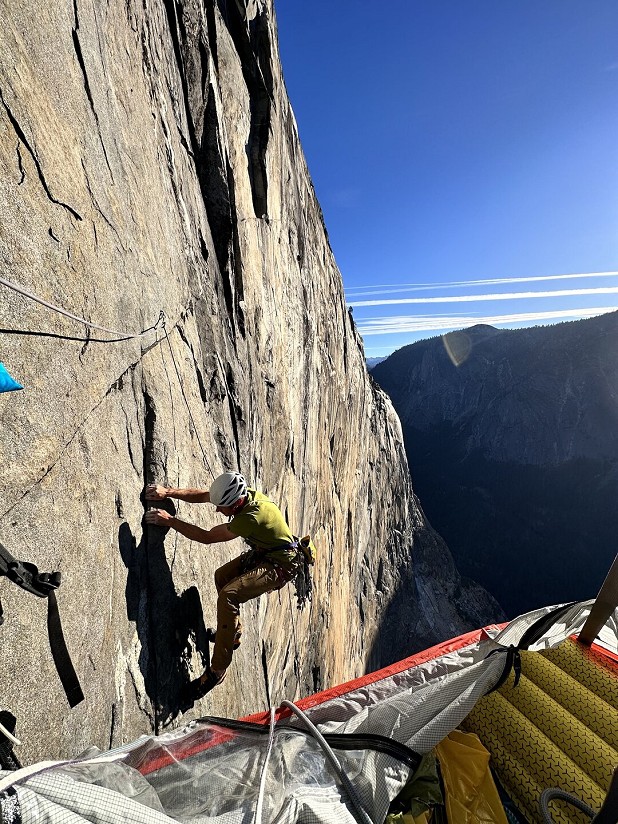
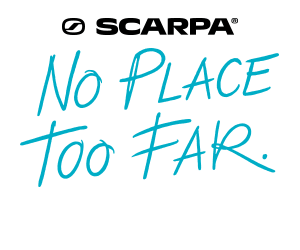



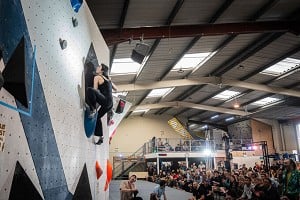
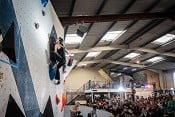


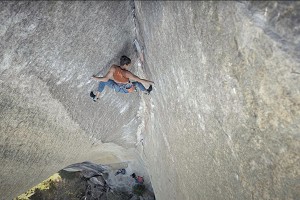
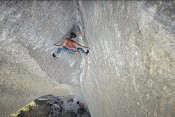
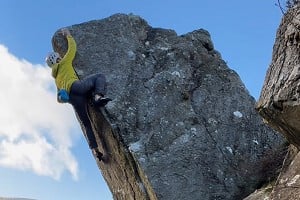
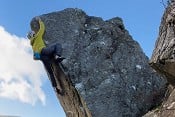


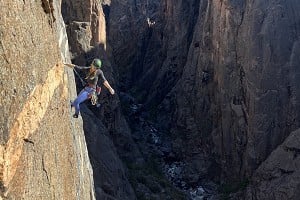
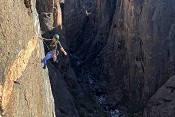
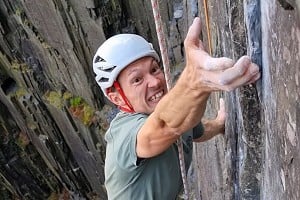
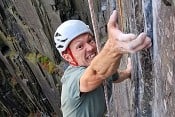
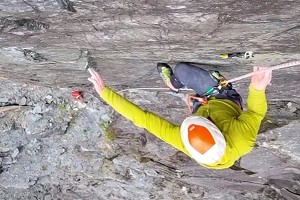
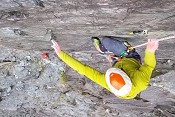
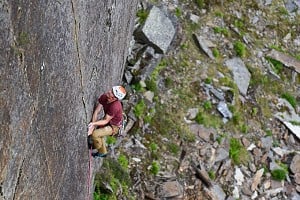
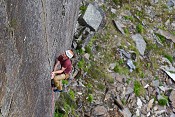
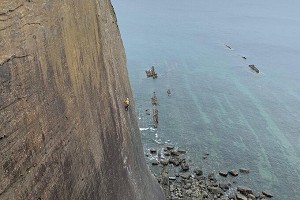
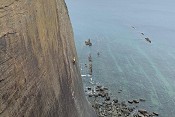
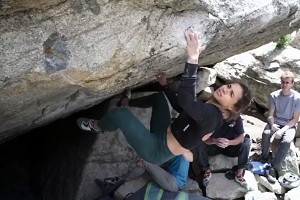
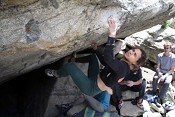
Comments